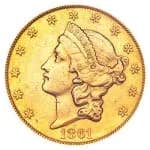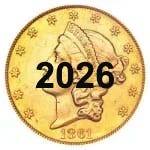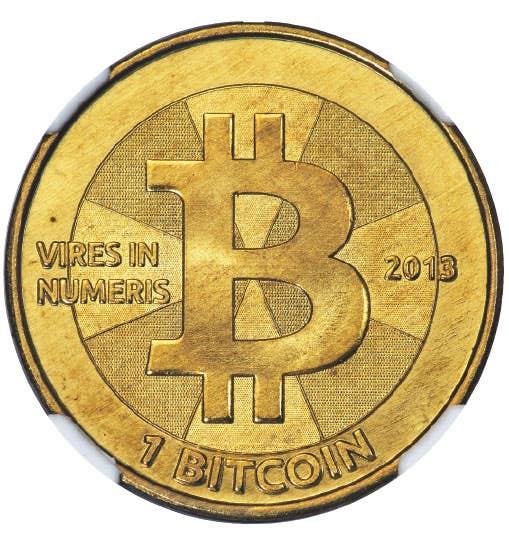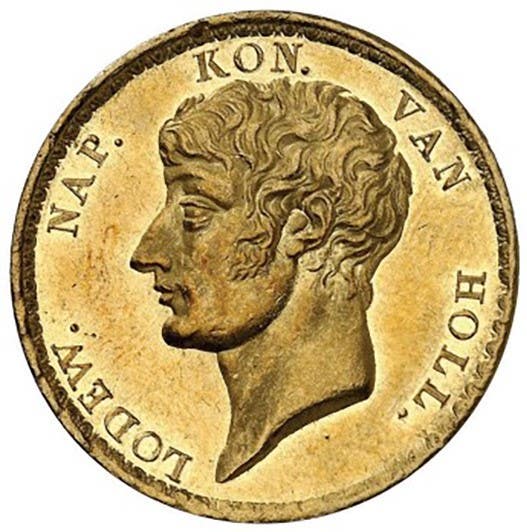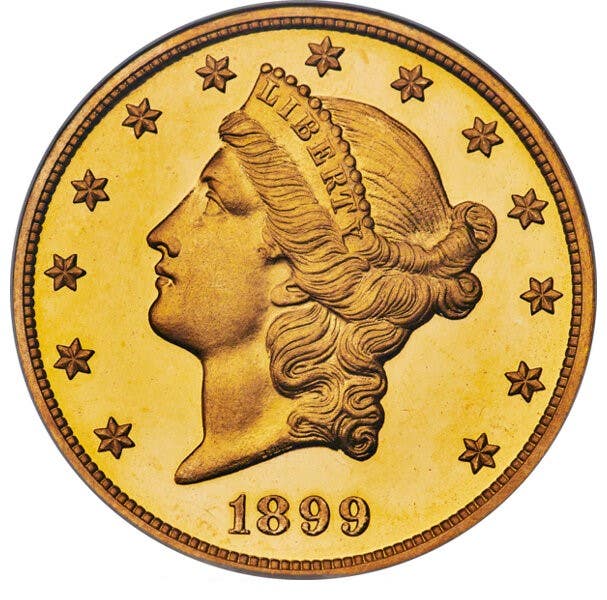Details matter, but consider entire surface
When authenticating a coin, its best to consider the coin as a whole at first, without magnification, letting your eye take in a complete impression of its over all appearance. This technique is even more important for graders.
When authenticating a coin, its best to consider the coin as a whole at first, without magnification, letting your eye take in a complete impression of its over all appearance. This technique is even more important for graders.
I guess there are two approaches to achieve this. When I examine a coin, I tend to look for its flaws. That?s probably because of my training in authentication where tiny defects are sought out with the aid of a stereo microscope. Without this training, I should possibly be one of a majority of graders who examine a coin to find its positive attributes. While either approach works, it?s probably best to seek the middle ground or give more weight to the positive characteristics we associate with eye appeal such as luster and the lack of significant marks in order to reach a commercially viable grade.
Have you ever looked at something ? anything at all ? and gotten the feeling that something about it was out of place or not quite ?right? even though you could not put your feelings into words or pin down what bothered you? Then, with a little more observation and thought, perhaps with some coaching from a more knowledgeable friend, you began to notice what was ?wrong,? be it a painting, a newly released car design, or in this case a coin. The ability to see things in totality is what you must strive to develop when grading a coin. You must become a connoisseur of beauty.
Thus, a significant number of the larger 20th century coins can be graded by a professional numismatist on the first look, often in less than four seconds. Count out that amount of time in your head, ?One thousand one, one thousand two, etc.? The process of grading is being done by a more advanced computer than I wrote about last time. In the space of a few seconds, the coin is being moved in the light and stereo vision is feeding input to the grader?s brain based on what is seen. At the same time, automatically, perhaps unconsciously, the stored information from all coins seen in the past is helping to establish a final grade for the coin. That?s why, during what may be both a first and final overall look, it is important to take in and consider the coin?s entire surface.
There are several popular methods to examine a coin. Some graders like to break the coin down into parts, examining the rim, then each quadrant before flipping it over to the reverse. With practice, no matter what method you use, it becomes a quite natural process. Professional graders rarely get bogged down with minute defects unless the coin they are examining falls into a range where they must determine if it rates an MS-68, 69 or 70 grade. Most coins minted for circulation fall well short of these grades. Graders may also hesitate a little over a ?liner? coin where the grade up or down involves a large difference in value.
Let?s get more specific and look at the reverse of the Indian Head cent in the micrograph. What do you see? The coin has been tipped in the light making its right side appear darker. It?s a lustrous, red Unc., perhaps as high as an MS-64. The tiny bagmark next to the ?O? and a few tiny spots under ?CENT? are virtually hidden by the blaze of luster.
What?s that large dark patch next to the ?E? and ?T?? Was this the first thing your eye was drawn to? Good! While looking at the totality of the entire coin, in less than four seconds, your eye was drawn to the coin?s worst defect ? a spot removal. It?s a part of the coin that does not look ?right.?
If the entire coin had seen some circulation and toned to brown, the ?coin doctor? may have been able to disguise his handiwork better. As it stands now, we have a mostly original coin with a very noticeable defect when that part of its surface is shaded from direct light.
Practice looking at the entire coin as a whole to become a better grader.

